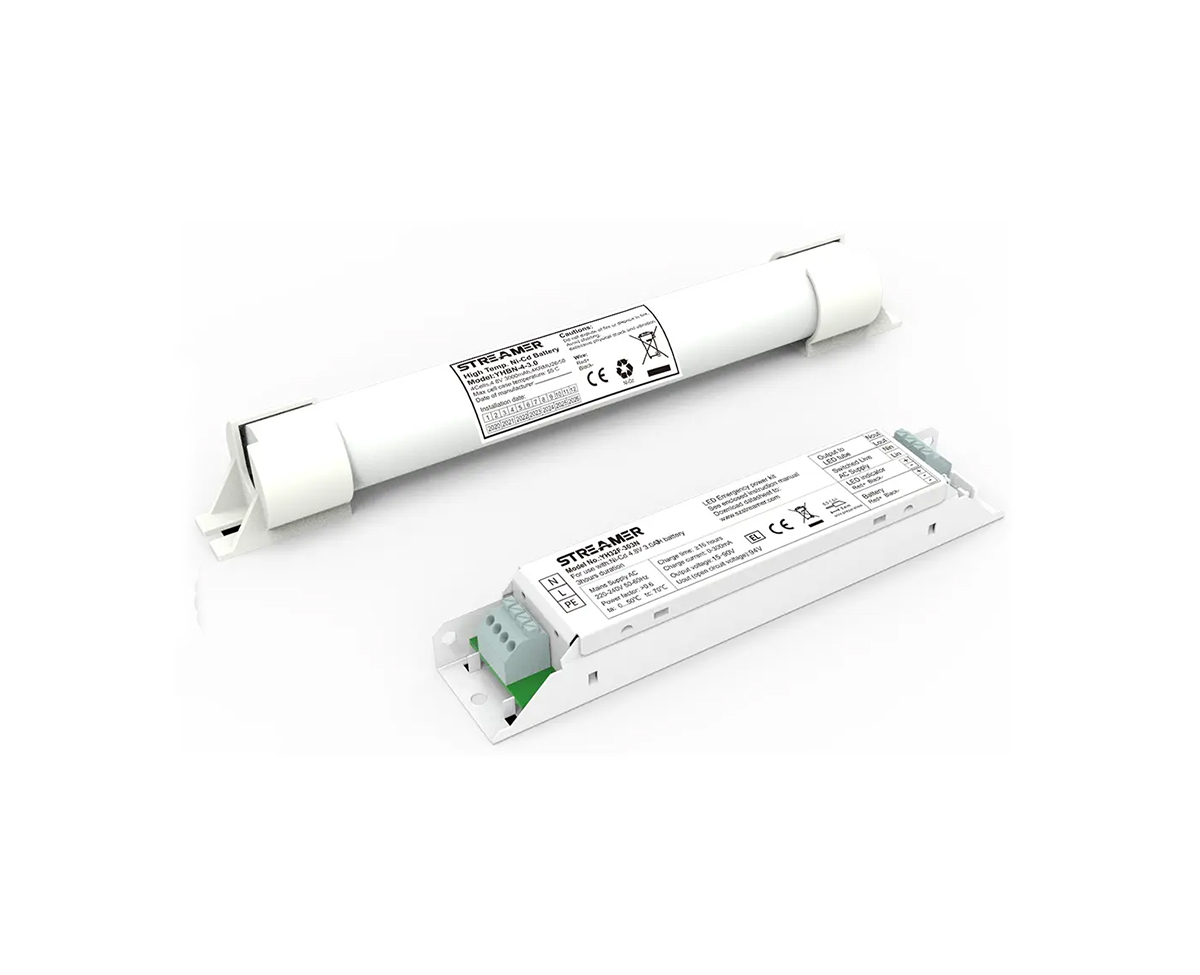 1
1
 Feb 02, 2025
Feb 02, 2025

LED emergency drivers play a crucial role in ensuring the continuous operation of LED lighting during power outages. One aspect that often requires careful consideration is their resistance to coatings. In many applications, especially in industrial, commercial, and some residential settings, surfaces are coated with various substances for protection, decoration, or to meet specific environmental requirements. These coatings can potentially interact with the LED emergency driver, affecting its performance and lifespan.
The materials used in coatings can vary widely. For example, in industrial environments, anti - corrosion coatings are commonly applied to prevent metal components from rusting. These coatings may contain chemicals such as zinc - rich compounds or epoxy resins. When an LED emergency driver is in close proximity to a coated surface, there is a risk of chemical reactions occurring. If the coating emits volatile organic compounds (VOCs) during the curing process or over time, these compounds can potentially corrode the driver's electronic components, such as the printed circuit board (PCB) traces, capacitors, and resistors.
In addition to chemical reactions, physical interactions between the coating and the driver are also important. Some coatings may have a relatively high dielectric constant, which can interfere with the electromagnetic fields within the LED emergency driver. This interference can disrupt the normal operation of the driver's circuitry, leading to issues such as incorrect voltage regulation, flickering of the connected LED lights, or even complete failure of the emergency lighting function.
Moisture - resistant coatings are another type that can impact LED emergency drivers. In humid environments, such as basements, bathrooms, or outdoor - rated enclosures, moisture - resistant coatings are used to protect equipment. However, if the coating is not properly applied or if there are gaps in the coating, moisture can seep through and reach the driver. Moisture can cause short - circuits within the driver, damage the electronic components, and reduce the overall reliability of the emergency lighting system.
To ensure the LED emergency driver's resistance to coatings, manufacturers need to conduct thorough compatibility tests. They should expose the drivers to different types of coatings under various environmental conditions, including temperature, humidity, and UV radiation. This helps in determining the best - suited coatings for use in proximity to the drivers. Additionally, proper insulation and protective measures can be taken during the installation of the driver, such as using heat - shrink tubing or conformal coatings on the driver itself to prevent direct contact with potentially harmful coatings.